标签:
首先直入正题:@IBInspectable & @IBDesignable
对于 @IBInspectable 和 @IBDesignable 可详见官方文档 : Creating a Custom View That Renders in Interface Builder
当然也可以阅读下中文版的: http://nshipster.cn/ibinspectable-ibdesignable/
如果自定view是自己用纯代码写的,对于上面两种处理都比较简单,只需要指定类名即可。
但是如果这个自定义view是用写的,那么如果让xib的界面直接render到storyboard呢?
1. 创建一个IDView,添加一个IDView.Xib
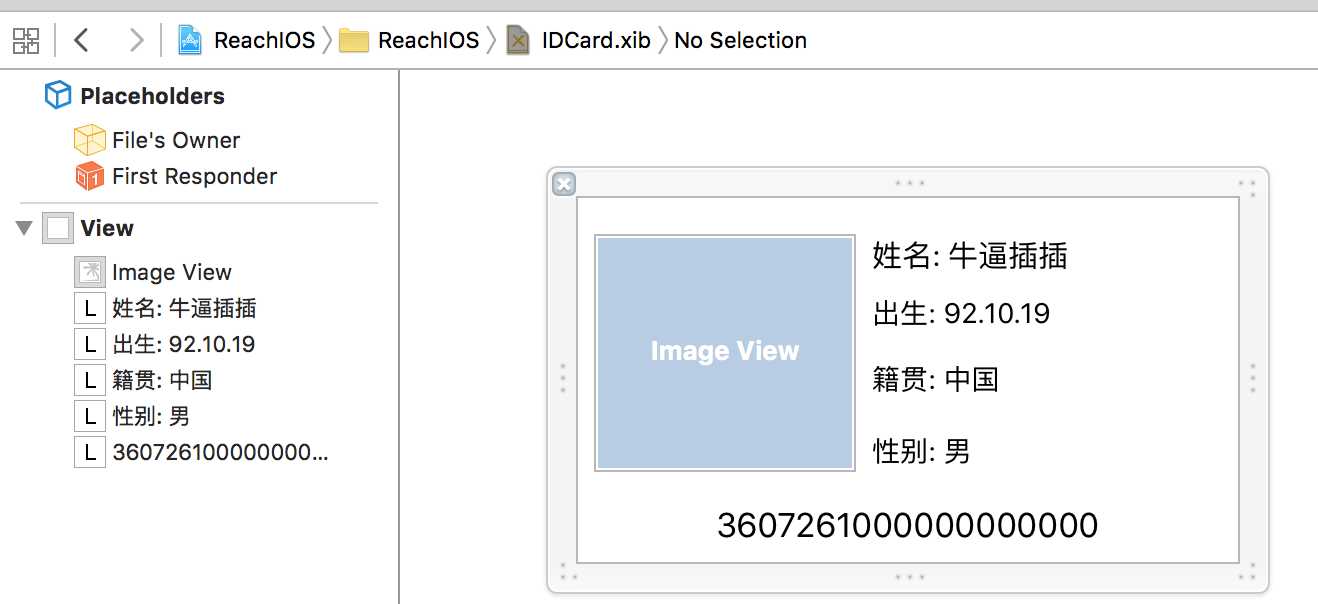
2. 对IDCard.xib添加约束
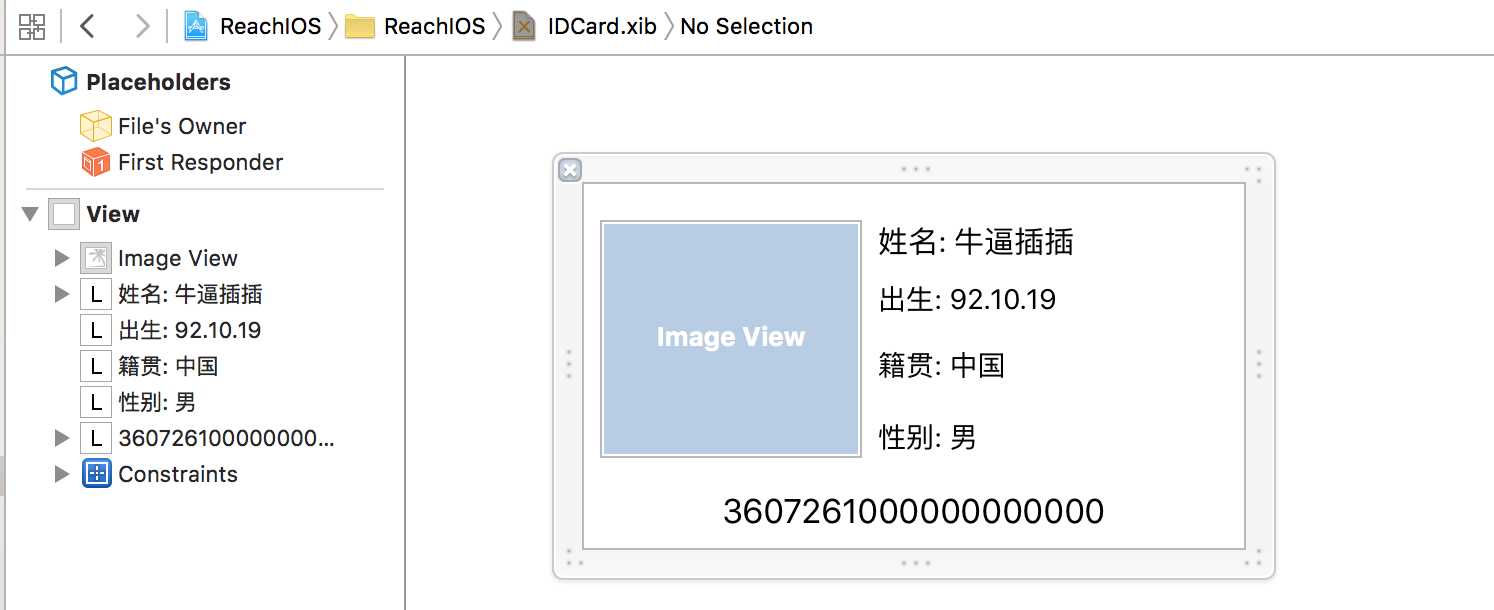
3. 在IDCard.xib的 File‘s Owner class 设置为IDCard:

4. 在IDCard.swift中添加如下代码,把xib的view连线到代码上的contentView:
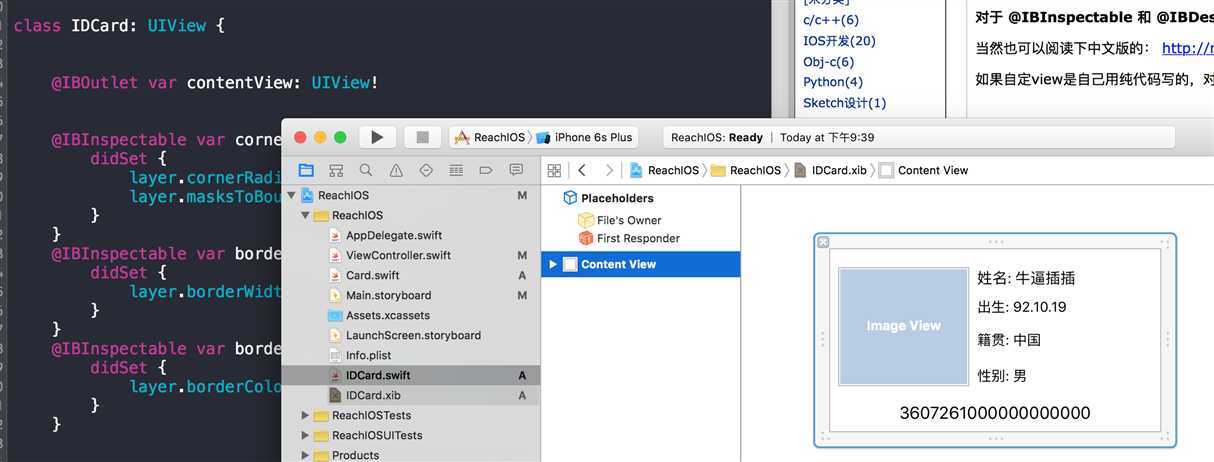
5. 绑定xib,实现 @IBInspectable, @IBDesignable这几部分代码
@IBDesignable class IDCard: UIView { @IBOutlet var contentView: UIView! @IBInspectable var cornerRadius: CGFloat = 0 { didSet { layer.cornerRadius = cornerRadius layer.masksToBounds = cornerRadius > 0 } } @IBInspectable var borderWidth: CGFloat = 0 { didSet { layer.borderWidth = borderWidth } } @IBInspectable var borderColor: UIColor? { didSet { layer.borderColor = borderColor?.CGColor } } override init(frame: CGRect) { super.init(frame: frame) initialFromXib() } required init?(coder aDecoder: NSCoder) { super.init(coder: aDecoder) initialFromXib() } func initialFromXib() { let bundle = NSBundle(forClass: self.dynamicType) let nib = UINib(nibName: "IDCard", bundle: bundle) contentView = nib.instantiateWithOwner(self, options: nil)[0] as! UIView contentView.frame = bounds addSubview(contentView) } }
6. 在Main.storyboard实现拖入view,并指定其class为IDCard,并对其进行约束
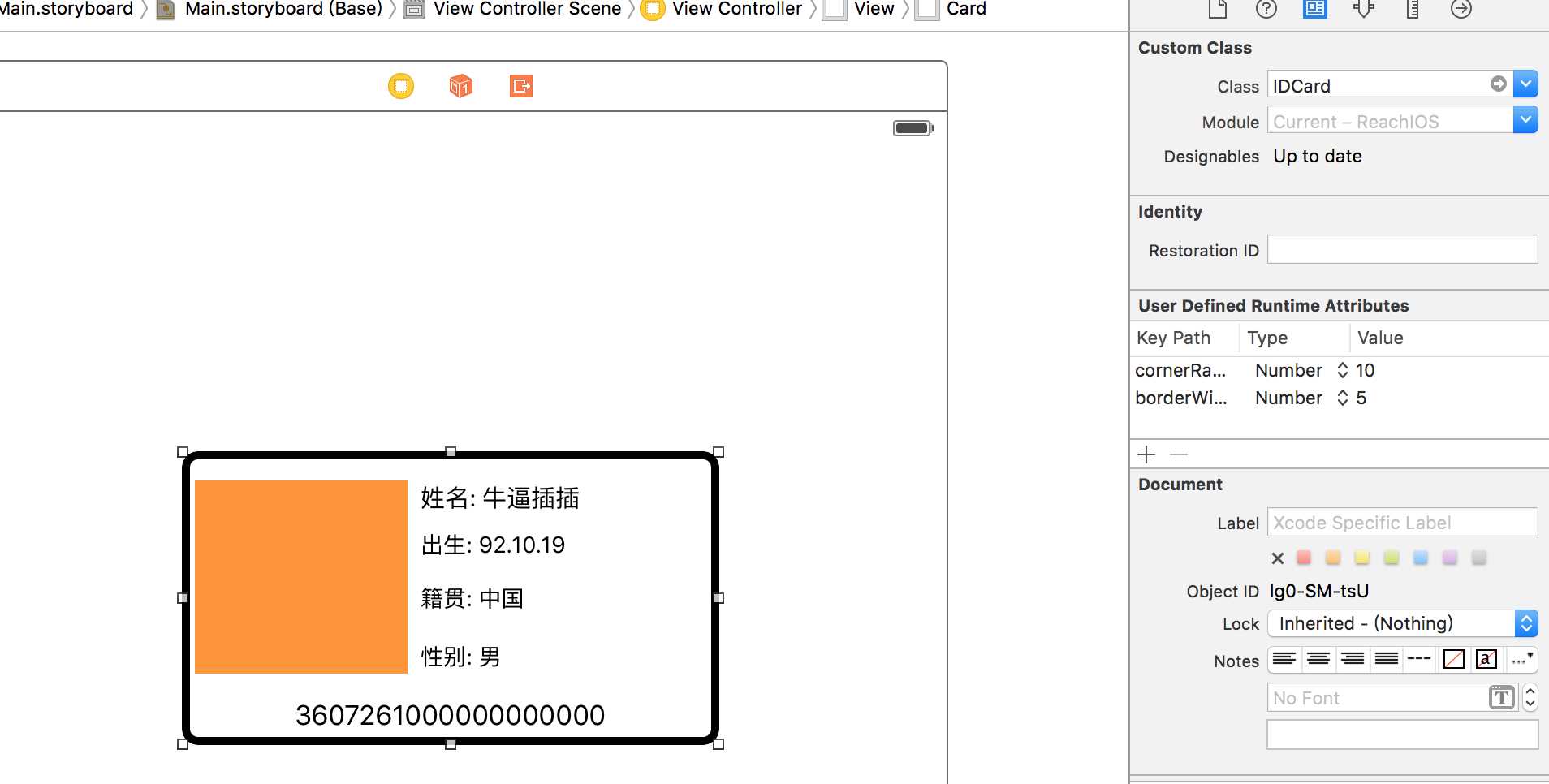
7. 运行代码,结果如下
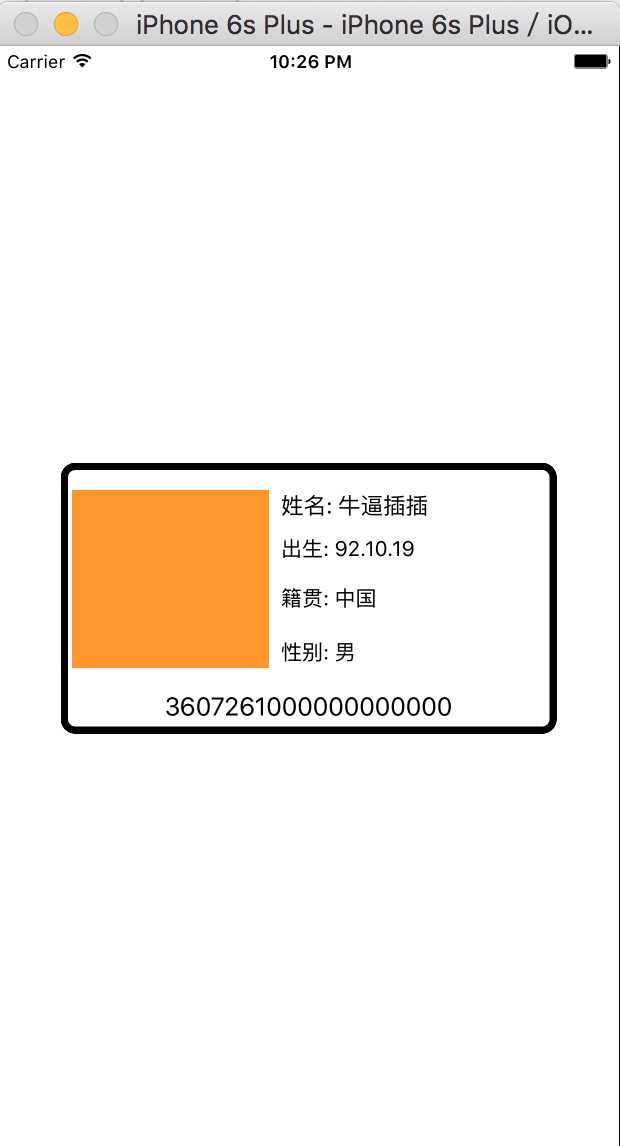
总结遇到的一些坑:
swift 之xib自定义view可视化到storyboard
标签:
原文地址:http://www.cnblogs.com/Ohero/p/5273989.html